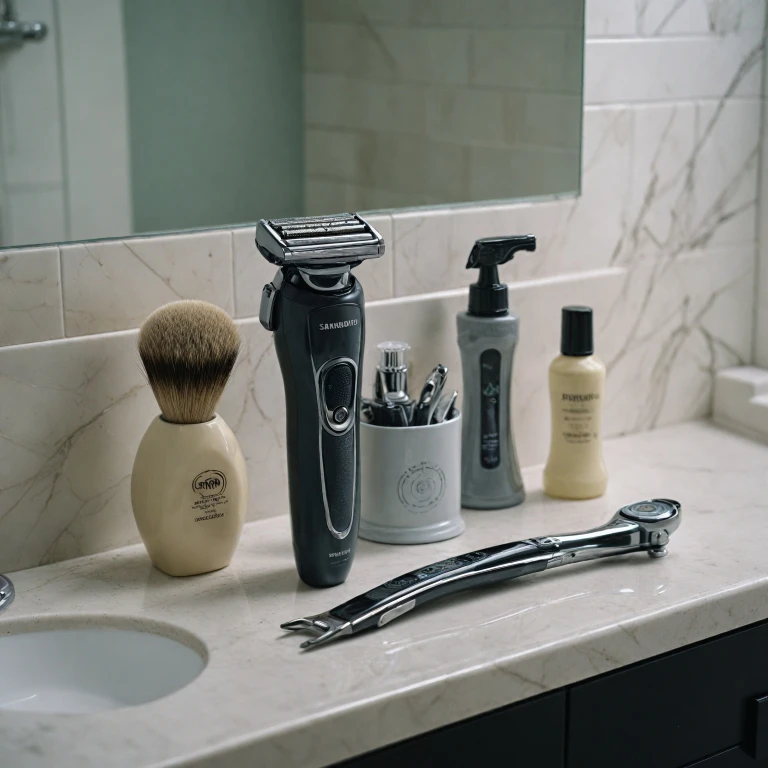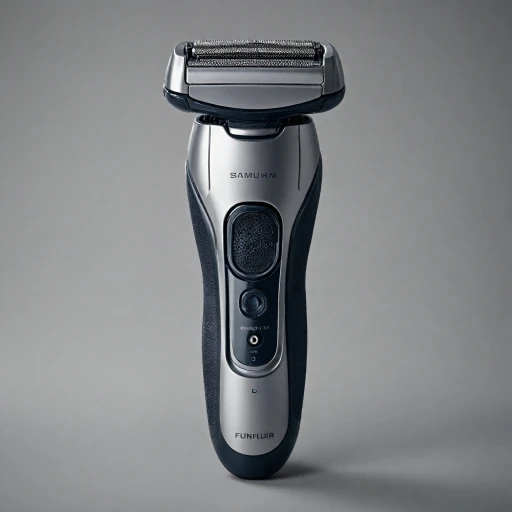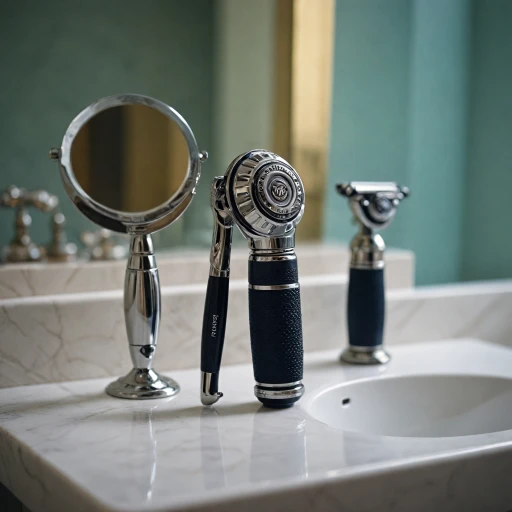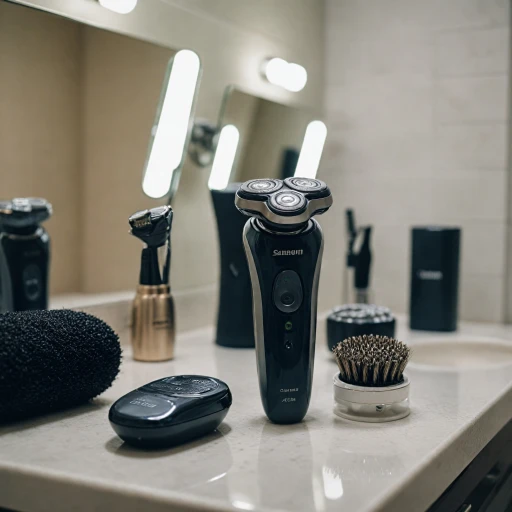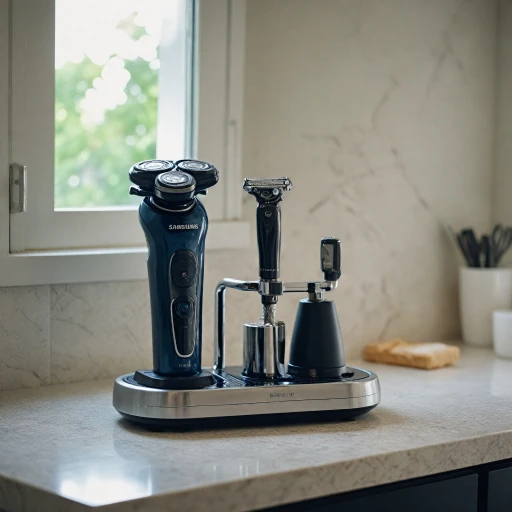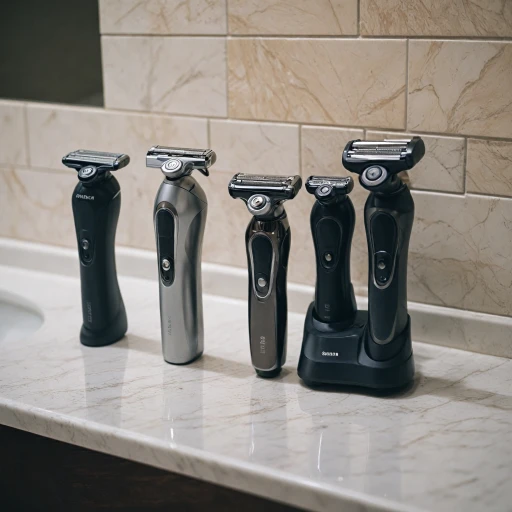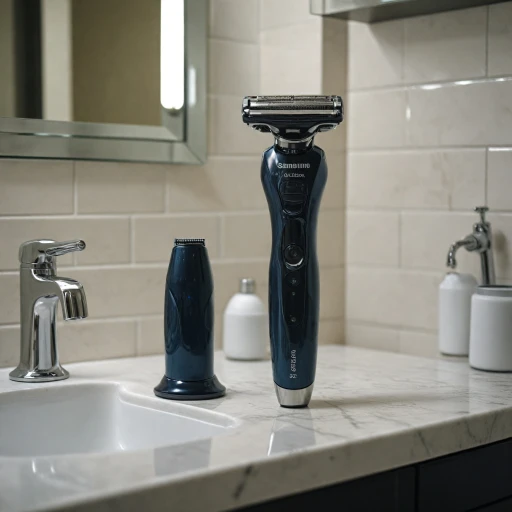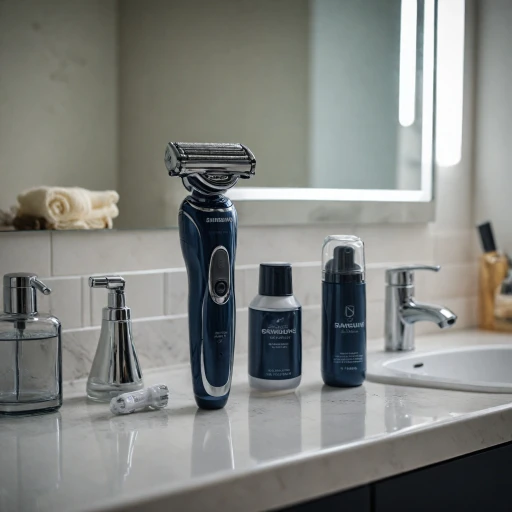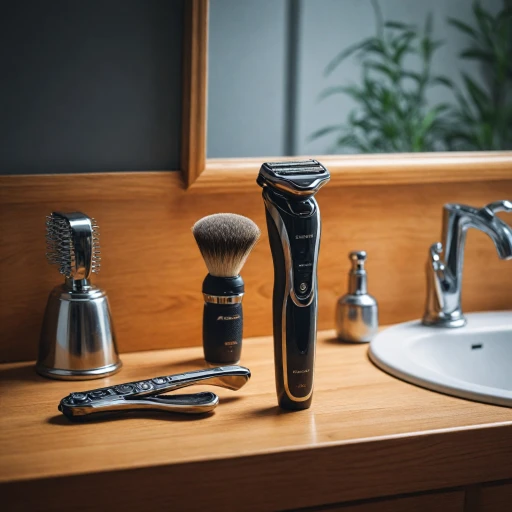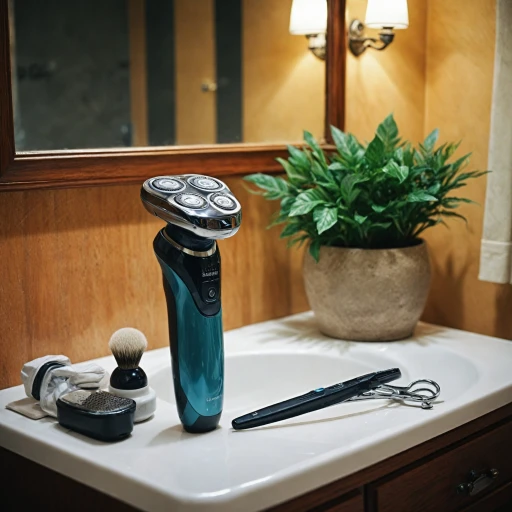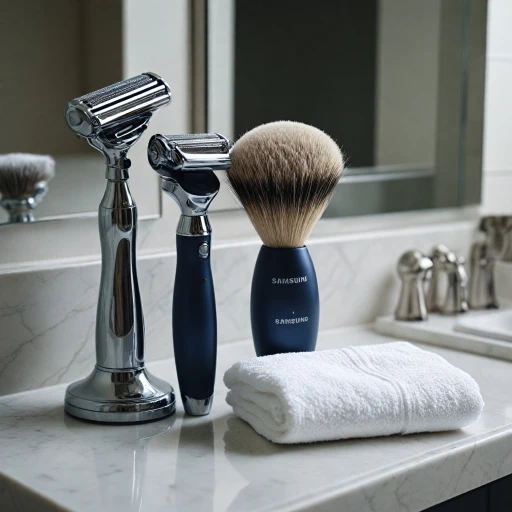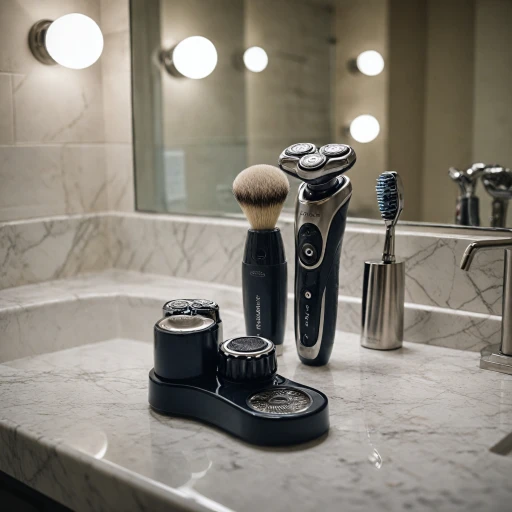
Factors Influencing Electric Razor Longevity
Understanding the Elements Affecting Electric Shaver Durability
Electric razors have revolutionized the way we approach personal grooming. However, their longevity can vary significantly depending on various factors. Understanding these elements can help you get the most out of your investment.- Quality of Blades: The type and quality of blades play a crucial role in determining an electric shaver's lifespan. For instance, foil shavers usually require more frequent blade changes compared to rotary shavers. Premium brands like Braun and Philips Norelco offer blades that are typically more durable.
- Frequency of Use: How often you use your electric razor directly impacts its longevity. Regular use might necessitate more frequent changes of razor blades to maintain a close shave. On the other hand, occasional use might extend the time between replacements.
- Skin and Hair Type: Users with coarse or dense facial hair may notice their shaver's efficiency diminishes faster than those with finer hair. People with sensitive skin might also find that the performance of their shaver affects longevity, requiring more careful maintenance.
- Cleaning Practices: Neglecting regular cleaning can speed up wear and tear. Hair and skin buildup can blunt blades and obstruct the razor head's performance, regardless of whether you're using a rotary shaver or a foil shaver.
- Battery Life: The battery in your electric shaver also subjects it to wear. Regular charging might lead to battery degradation over time, affecting the device's efficiency and overall longevity.
Signs Your Electric Razor Needs Replacement
Recognizing the Need for a New Shaver
Electric razors, like any electronic device, eventually reach the end of their lifespan. Several distinctive signs can indicate it's time to replace your electric razor. Being attentive to these cues ensures you maintain an effective grooming routine and avoid unnecessary irritation on your skin.
- Decline in Performance: If you notice that your shaver is not providing that close shave it used to, it's likely the blades are becoming dull. Electric shavers, especially foil shavers and rotary shavers, depend on sharp blades to effectively cut facial hair.
- Battery Issues: A common sign that your shaver needs replacement is a significant reduction in battery life. If your electric shaver is taking longer to charge or running out of power quickly, its rechargeable battery might be nearing the end of its life cycle.
- Heating During Use: Feeling excessive heat on the shaver’s head or body can indicate worn-out components. Overheating can risk both the internal mechanics and your sensitive skin.
- Louder Noise Levels: Over time, razors can become noisier. This increased volume can result from accumulated hair and skin particles, requiring more frequent cleaning and perhaps signaling the need for a new shaver.
- Physical Damage: Damages such as cracks or dents in the razor head can expose its internal components to damage and negatively affect its performance.
Understanding these symptoms can help you maintain an uninterrupted grooming experience. For those seeking further insights about managing electric shavers, this guide on shaver lifespan offers additional valuable information.
Maintenance Tips for Prolonging Razor Life
Effective Upkeep to Extend Your Shaver's Life
When it comes to prolonging the life of your electric shaver, regular maintenance is key. Ensuring that your device remains in optimal condition not only guarantees a consistent performance but also saves you from the expenditure of frequent replacements. Here are some steps to help maintain your electric razor effectively:- Regular Cleaning: After each shave, ensure you clean your electric shaver thoroughly. Most modern razors, whether they're the foil or rotary varieties, come with removable heads which make cleaning easier. Utilize a small cleaning brush to remove trapped hair and use running water to wash away any remaining dirt, especially if your model is water-resistant.
- Lubrication: Applying oil to the blades can significantly improve the operational efficiency of your shaver. It reduces friction, thus preventing the blades from wearing down prematurely. Some shavers come with their own lubrication system; otherwise, a light machine oil will work.
- Periodic Blade Replacement: Razor blades are subject to wear and tear. To maintain a close shave, replace the blades or foils as recommended by the manufacturer, often every 12 to 18 months. Brands like Braun suggest timely replacements to ensure your shaver remains effective.
- Battery Care: Maintaining the battery life of your electric shaver is essential for its longevity. Avoid letting your shaver’s battery run completely down before charging. Keeping the battery healthy ensures that you get the most out of each shaving session.
- Choosing the best electric shaver for men also plays a role in ease of maintenance. Knowing your specific grooming needs can help you select a model that’s easy to care for with available replacement parts.
Comparing Different Brands and Models
Brand & Model Insights: Electric Shavers Compared
When choosing an electric shaver, understanding how different brands and models cater to your specific needs can help in selecting a product that delivers the best shaving experience and offers the most longevity.
Foil vs. Rotary Shavers
Foil shavers like those from the Braun Series are designed with a series of oscillating blades beneath a perforated foil, offering a close and precise shave. They are typically preferred for sensitive skin due to their gentle approach. On the other hand, rotary shavers such as Philips Norelco models feature circular blades flexing in multiple directions, providing a great choice for those with facial hair growing in various patterns.
Performance and Battery Life
Battery life can significantly differ between models. High-end series like the Braun Series Pro are well-regarded for their extended battery life and efficient charging options, which is crucial for maintaining the shaver’s optimal performance over time.
Shave Quality and Lifestyle Fit
The choice between foil and rotary shavers often comes down to personal preference and routine. For a quick, close shave, foil shavers are often recommended, while rotary shavers might be better suited for those requiring more versatility in texture handling.
Cost Considerations
Price versus performance is always a consideration. Investing in the best electric shaver doesn't always equate to higher costs, but rather, it's about matching the product features to your specific shaving needs (as the article discusses in the broader context).
Choosing the right electric shaver involves weighing the differences in design, functionality, and preferences to ensure you get the best value over time.
Cost vs. Longevity: Is It Worth the Investment?
Balancing Cost with Durability
When considering the investment in an electric shaver, it's crucial to weigh the cost against the potential lifespan and performance of the device. Not all electric shavers are created equal, and their price can often be reflective of the advanced technologies and materials used in construction. From Braun's premium series to Philips Norelco's trusty lineup, the differences can significantly affect both the quality of your shave and the longevity of the razor.
Higher-end models typically come with better build quality, more efficient motors that handle thicker hair more effectively, and superior battery life, which translates to fewer charges and a longer overall life. Some shavers, like the Braun Series, are renowned for their close shave capabilities, coupled with durability, making them a worthy investment if you're looking to reduce replacement needs over time.
Efficacy and User Experience
Electric razors offer different configurations such as foil shavers and rotary shavers, each catering to distinct shaving needs and preferences. Foil shavers excel at precision and are ideal for sensitive skin, providing a close shave without irritation. On the other hand, rotary shavers, with their circular blades, adapt more easily to the contours of the head and face, making them better suited for thicker hair or uneven surfaces.
Moreover, maintenance and cleaning play a pivotal role in prolonging the life of your electric shaver. Regular upkeep ensures optimal performance and prevents premature wear. It's advisable to consider models that facilitate easy cleaning and offer replacement parts like razor blades, which are often less expensive than purchasing a new device altogether.
Making an Informed Decision
Ultimately, deciding whether an electric shaver is worth the investment involves evaluating personal needs against the device's features and lifespan. While manual razors may appear cheaper upfront, the recurring cost of razor blades and the lack of convenience make electric razors an attractive alternative for many.
Considering the longevity and enhanced user experience of electric shavers, they often prove to be cost-effective in the long run. This decision is deeply personal and should be made based on individual shaving habits, skin sensitivity, and the commitment to maintenance. By balancing these factors, users can select an electric razor that aligns with both their financial and grooming needs, ensuring satisfaction for years to come.
Environmental Impact of Electric Razor Disposal
Recognizing the Environmental Footprint of Razor Disposal
With an increasing focus on sustainable living, understanding the environmental impact of disposing electric shavers and razors is more relevant than ever. Unlike manual razors, which often only consist of a single blade and a handle, an electric shaver is composed of multiple materials, including plastic, metal, and electronic components. Here's how this impacts the environment:- Material Complexity: Electric shavers, such as Braun Series and Philips Norelco rotary shavers, have intricate designs incorporating materials like plastic housing, metal blades, and electronic circuits. These materials each have different recycling needs which complicates the recycling process.
- Battery Disposal: Electric shavers depend on batteries that have limited lifespan. Proper disposal of these batteries is crucial as improper disposal can lead to soil and water contamination. Battery life may vary among models, affecting how soon a razor will be disposed of.
- Electronic Waste Concerns: As electric shavers are electronic devices, they contribute to electronic waste. E-waste is growing at a rapid pace, and electric razors are a part of this global issue. Disposal needs to be handled through appropriate e-waste management facilities to mitigate environmental harm.
